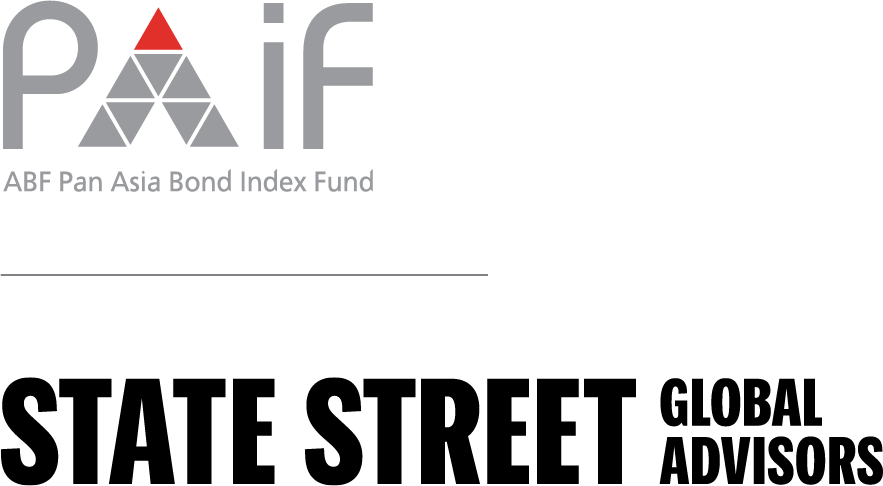Asian Fixed Income Continues the Resurgence
Asian bonds have staged a credible comeback, but can they sustain their momentum?
Most Asian countries have handled the COVID-19 situation better than their international counterparts. Of course, there are exceptions. The Philippines and Indonesia, for example, still have a long fight ahead of them. But, as a region, the situation is improving. Economies are stabilizing, and China’s economy even returned to growth in the second quarter.
This improvement is also reflected in Asian bond markets. Since their sharp fall in March, they have been on a steady and continuing uptrend. Consider the performance of the Markit iBoxx ABF Pan Asia Bond Index, which tracks local-currency government bonds in eight major Asian economies. The index has recovered from the loss in March, with year-to-date return (3.63% in unhedged USD terms1) back to the positive territory as of 14 August 2020.
However, this only shows part of the Asian bond market resurgence story.
Capital Returns to the Markets
From March to May, falling sentiment and risk appetite saw foreign investors continue their flight out of Asian bonds for safe-havens. Foreign holdings of local-currency government bonds fell sharply, with only China—the perpetual bright star in the Asian bond constellation—registering inflows.
But as the COVID-19 situation improved, foreign capital returned, and Asian bonds saw net inflows of US$6.45 billion in June—the highest in 12 months2. In China, foreign holdings of local-currency bonds are the highest they have ever been3.
Sovereign bonds were not the only beneficiaries of this reversal—investors piled into corporate bonds as well. June also saw Asian dollar bond orders reach a 15-month high, driven by corporate issuers4.
Also, it is not just the investment-grade names that are resurging (though they undoubtedly are having an easier time). There are indications that Asian high-yield debt may also be reviving—particularly in China, where it is supported by a strong local investor base.
While it is true that the easing of the COVID-19 situation was a factor for these capital inflows, it is not the only one.
Supportive Macro Conditions
To help stave off further economic contractions, global central banks have pushed through massive stimulus programmes, providing abundant liquidity to the markets. And amid further interest rate cuts—leading to a persistent “lower for longer” environment—such liquidity is being drawn toward the attractive yields presented by Asian credit.
Consider that presently, Chinese sovereign bonds are offering a spread of over 230 basis points (bps) over U.S. Treasuries, while South Korea’s spreads stand at a healthy 75 bps5. These nominal yields are also being enhanced by muted inflation in many Asian nations—particularly in Southeast Asia—which results in higher real yields.
Further, many Asia-Pacific countries remain well-positioned to ride out the COVID-19 storm, the size of their stimulus programmes notwithstanding. Foreign exchange reserves stay healthy, and their central banks still have room for further monetary easing. The strength of these countries’ positioning is thus contributing to a supportive macro environment for Asian bonds.
A Closer Examination of Risks
The broader macro picture for Asian bonds is indeed promising. However, risks remain, and investors should not overlook them.
One notable risk lies in the Asian corporate-debt space. In spite of robust inflows, default risk remains elevated. According to a Reuters analysis, the finding shows that debt-servicing metrics, such as net debt to EBITDA and EBIT to interest expenses, stood at their worst levels in over five years. The airline, real estate, energy, and utility sectors were cited as topping the default risk charts. Moody’s also predicted default rates on non-financial Asia Pacific high-yield debt to rise from 2.3% in March to 6.4% by end of the year.
On a macro level, Asian bonds remain susceptible to shifts in liquidity and risk sentiment. Should investor risk appetite begin to significantly return, Asian bonds—particularly sovereign issues—could be affected. Concerns about central banks tightening the liquidity spigot, which would lead to higher funding costs, may also push prices downward. The combination of these factors has already led to recent pressure on Chinese government bond prices.
Treading Carefully Through the Asian Bond Landscape
On balance, Asian bonds are still an attractive risk-reward opportunity in today’s low-yield environment, particularly as concerns surrounding the pandemic remain the primary driver of risk sentiment. Yet, as the stimulus tide recedes, weaker credits might find themselves exposed. As such, staying with high-quality sovereign and corporate debt might be the optimal route for investors.
As Warren Buffett famously quipped, “It’s only when the tide goes out that you learn who’s been swimming naked”.
Written by Kheng Siang Ng
Asia Pacific Head of Fixed Income, State Street Global Advisors
Visit www.abf-paif.com* for our latest insights and investment ideas for Asian fixed income.
Read more Asian Bond Watch articles here:
Asian Bond Watch: Riding the Emerging Market Debt Bounce-Back
Why Asian Local Currency Fixed Income is a Valuable Addition to a Portfolio
Asian Bond Watch: A 15-Year Retrospective Tells a Remarkable Growth Story
Asian Fixed Income: Pockets of Opportunity
